Our Best Seller Product
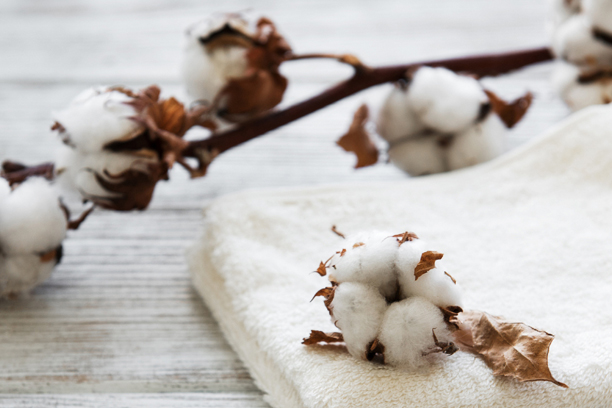
Cotton
PAR incorporated a variety of cotton crop related info. It includes Cotton market news, Trade data, Pakistan cotton arrivals, Spotlight on growers, Cotton area and Production & Crop surveys.
Background
Cotton (Gossypium spp.) is one of the most important economic crops worldwide, and its production plays an important role in the economy of many countries. Genetically modified herbicide-tolerant (GMHT) crops, which were developed to minimize the losses caused by weeds, have gradually become the most widely adopted genetically modified crops in the world due to their economic and environmental benefits.
Result
In this 2-year study, we investigated the potential impact of GMHT crops on arthropod communities. The GMHT cotton variety GGK2 with glyphosate tolerance and its near-isogenic non-GMHT variety K312 were used for the experimental groups.
Sugarcane
Sugarcane is an important industrial and cash crop of Pakistan. Agriinfo impart sugar information such as sugar import data, International prices, weather data and sugarcane crop surveys.
Plant
sugarcane, (Saccharum officinarum), perennial grass of the family Poaceae, primarily cultivated for its juice from which sugar is processed. Most of the world’s sugarcane is grown in subtropical and tropical areas. The plant is also grown for biofuel production, especially in Brazil, as the canes can be used directly to produce ethyl alcohol (ethanol).
Culture
Sugarcane is propagated primarily by the planting of cuttings. The sections of the stalk of immature cane used for planting are known as seed cane, or cane sets, and have two or more buds (eyes), usually three. Seed cane is planted in well-worked fields. Mechanical planters that open the furrow, fertilize, drop the seed cane, and cover it with soil are widely used.
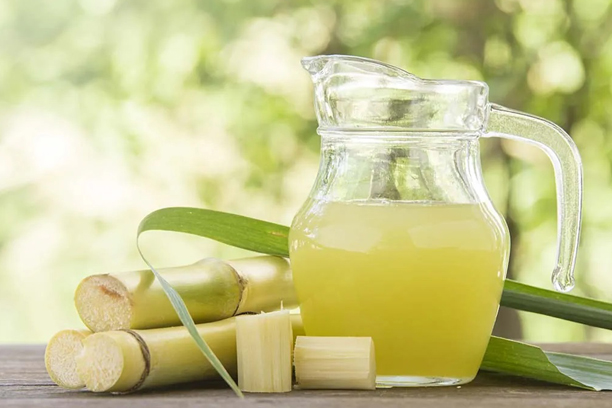
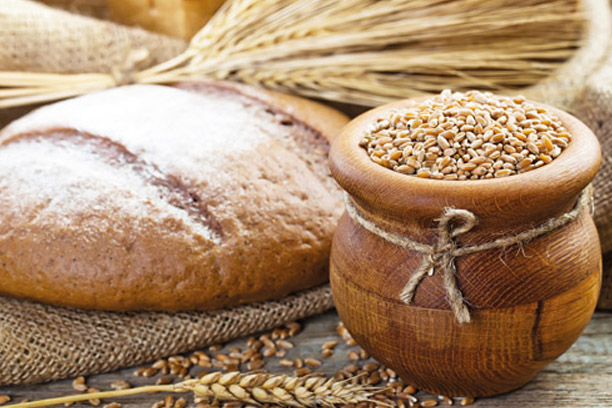
Wheat
Wheat is the major staple food crop of Pakistan and cultivated on the largest acreage. Agriinfo provide wheat crop related information which include Wheat export data, prices and weather updates.
Abstract
Wheat is the most important staple crop in temperate zones and is in increasing demand in countries undergoing urbanization and industrialization.
Introduction
The economic importance of wheat and its contribution to the diets of humans and livestock cannot be disputed. Currently available figures show an average annual global production of about 680 million tonnes (mt) over the 5‐year period from 2008 to 2012, with almost 700 mt being produced in 2011 (FAOStat http://faostat.fao.org/site/291/default.aspx). This makes it the third most important crop in terms of global production, the comparative values for the production of the two other major cereals over the same period being 704 mt for rice and 874 mt for maize.
Rice
Rice is the second largest commodity used as staple food and cash crop in Kharif season. Agriinfo provide Rice Export data, prices and weather updates.
Abstract
Heat stress during gametogenesis leads to spikelet sterility. To ascertain the role of female reproductive organ (pistil), two rice genotypes N22 and IR64 with contrasting heat stress responses were exposed to control (30 °C) and heat stress (38 °C and 40 °C) during megasporogenesis. Anatomical observations of ovule revealed greater disappearance of megaspore mother cell and nuclei at early stages, and during later stages mature embryo sac without female germ unit, improper positioning of nuclei, and shrunken embryo sac was observed in the sensitive IR64.
Background
Higher ambient temperatures are becoming a primary factor limiting crop growth and productivity (Vogel et al. 2019). Rice (Oryza sativa L.), a major source of calories for more than half the world’s population, is shown to be highly sensitive to heat stress in major rice growing regions in China (Lv et al. 2018), Laos and southern India (Ishimaru et al. 2016), Japan (Hasegawa et al. 2009) and Africa (van Oort and Zwart 2018), posing a serious threat to sustain global rice production.
Read More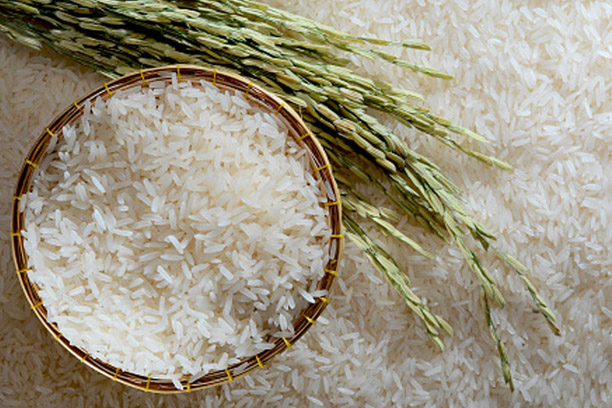
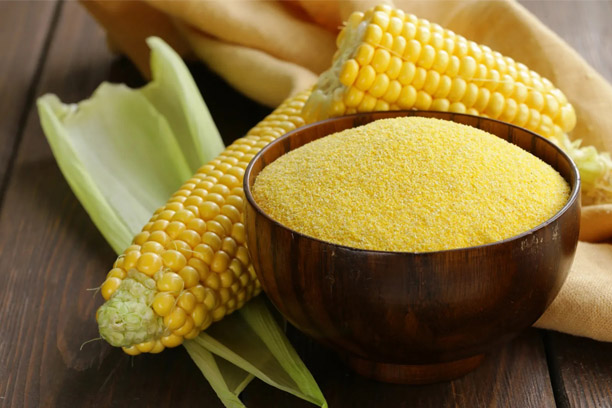
Maize
In Pakistan, Maize is an attractive multipurpose food & forage crop i.e. mainly grown in two seasons, spring & autumn. We provide Maize crop related info which includes Maize prices data & weather update.
Abstract
Maize (also called maize) is a useful plant that is part of the grass family (called Poaceae). Maize was first produced in what is now Mexico around 6,000 years ago, from a weed called teosinte. While Maize and teosinte share many features, the “cob” present in Maize, on which many grains or kernels are attached, is a unique feature of Maize. Some of the biggest differences between teosinte and Maize are due to human farming practices and selection of teosinte mutants. Maize is dependent on human assistance for its survival, while many pre-Columbian civilizations relied on it for their nutrition. Nowadays, Maize continues to be one of the most important grain crops in the world, and Maize is a central part of the diet of many people.
Introduction
Maize—also known as maize, goes by the scientific name Zea mays subsp. mays, and is a part of the grass family or Poaceae. With approximately 12,000 species [1], the grass family has members almost all over the world. You can find grasses almost anywhere: your front lawn, the prairies, the African savannah, many forests and deserts, near the ocean and up high in the mountains.
Read More